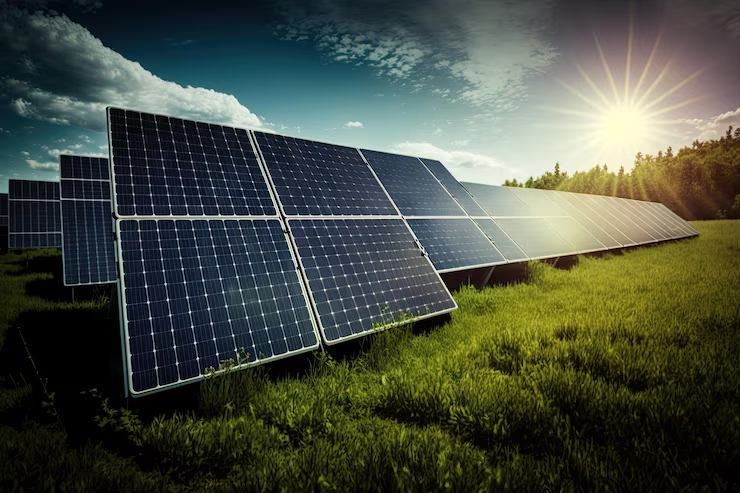The world stands at a crossroads. Our dependence on fossil fuels has undeniably driven progress, but it has also come at a steep cost to the environment. Climate change is a pressing reality, and the need for a sustainable energy future is more critical than ever.
Renewable energy sources, like solar, wind, geothermal, and hydropower, offer a ray of hope. They harness the power of nature to generate electricity without producing harmful greenhouse gasses. As we look ahead, the future of renewable energy appears bright, brimming with exciting advancements and the potential to reshape our energy landscape.
A Surge in Renewables: A Glimpse into the Coming Boom
The good news is that renewable energy is already experiencing phenomenal growth. Solar and wind power, once niche technologies, are now cost-competitive with traditional sources in many regions. According to the International Energy Agency (IEA), renewable energy capacity is projected to surge in the coming years. Solar photovoltaic (PV) and onshore wind are expected to witness a significant rise, potentially doubling their current capacity by 2028, particularly in regions like India, Brazil, Europe, and the US.
This growth is driven by several factors. Technological advancements are making renewable energy sources more efficient and cost-effective. Solar panels are becoming cheaper to produce, and wind turbines are getting larger and more powerful. Additionally, government policies worldwide are increasingly favoring renewable energy through subsidies and tax breaks.
Beyond Solar and Wind: A Diversified Renewable Mix
While solar and wind are undoubtedly the frontrunners, the future of renewable energy is not a one-size-fits-all solution. A diversified mix of renewable sources will be crucial for a stable and secure energy grid. Here’s a look at some promising contenders:
- Hydropower: This mature technology continues to play a vital role, especially in regions with abundant rivers and suitable geographical features. Advancements in small-scale hydropower systems hold promise for bringing clean energy to remote areas.
- Geothermal Energy: Harnessing the Earth’s internal heat offers a constant and reliable source of clean energy. Technological innovations are making it possible to tap into geothermal resources in new locations, including those with lower temperatures.
- Ocean Energy: The vast potential of waves, tides, and currents in our oceans is yet to be fully explored. Technologies like wave energy converters and tidal turbines are being developed to harness this immense power source.
Innovation at the Forefront: Shaping a Smarter Energy Grid
The future of renewable energy is not just about generating clean electricity; it’s also about managing it efficiently. Here’s where innovation comes into play:
- Energy Storage: Renewable sources are intermittent by nature, meaning their output can fluctuate depending on weather conditions. Energy storage solutions, such as advanced batteries and pumped hydro storage, are crucial for overcoming this challenge and ensuring a reliable energy supply.
- Smart Grids: These intelligent grids will be able to integrate different renewable sources seamlessly, optimize energy distribution, and even allow consumers to participate by feeding excess solar power back into the grid.
- Artificial Intelligence (AI): AI can play a significant role in optimizing renewable energy systems. AI algorithms can be used to predict weather patterns, improve grid management, and ensure the efficient operation of renewable power plants.
Challenges and Opportunities: Paving the Way for a Brighter Future
Despite the promising outlook, there are challenges that need to be addressed. Integrating a high proportion of renewable energy into the grid requires robust infrastructure development and efficient transmission systems. Additionally, ensuring the responsible sourcing of materials for renewable technologies and minimizing their environmental footprint will be crucial.
However, the challenges are outweighed by the opportunities. The growth of the renewable energy sector will create new jobs in manufacturing, installation, and maintenance. It will also lead to greater energy independence for nations, reducing reliance on fossil fuels and volatile energy markets. Most importantly, a shift towards renewables will be a critical step in combating climate change and ensuring a sustainable future for generations to come.
Conclusion: A Collective Effort for a Sustainable Future
The future of renewable energy is a collaborative endeavor. Governments, businesses, and individuals all have a role to play. Governments can implement supportive policies, businesses can invest in research and development, and individuals can make conscious choices to consume clean energy. By working together, we can unlock the immense potential of renewable energy and create a cleaner, brighter future for our planet.

